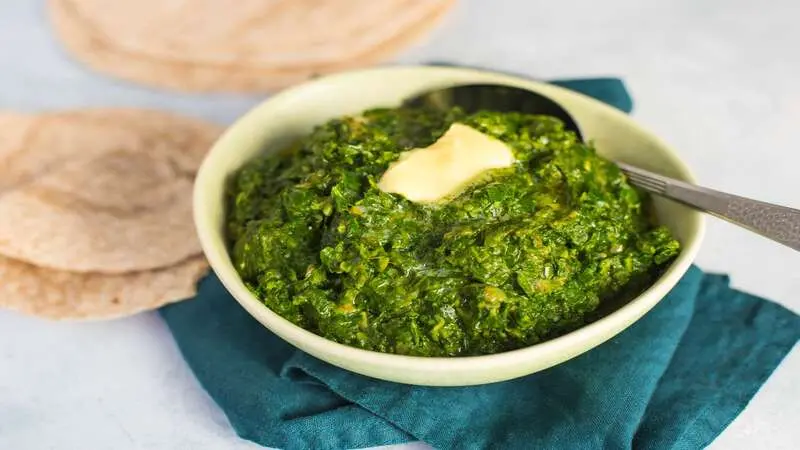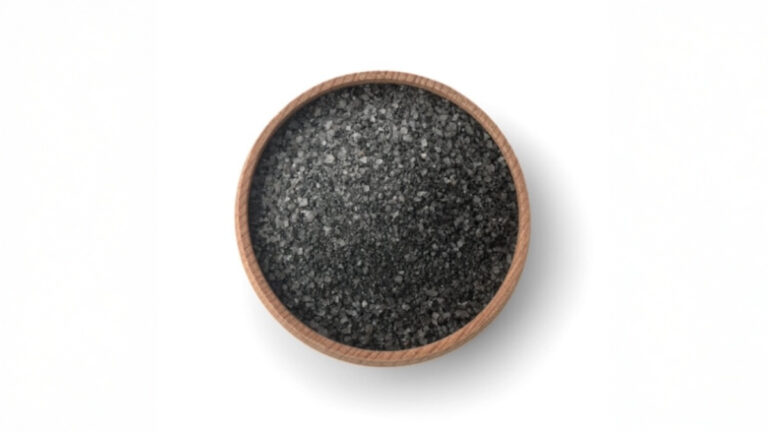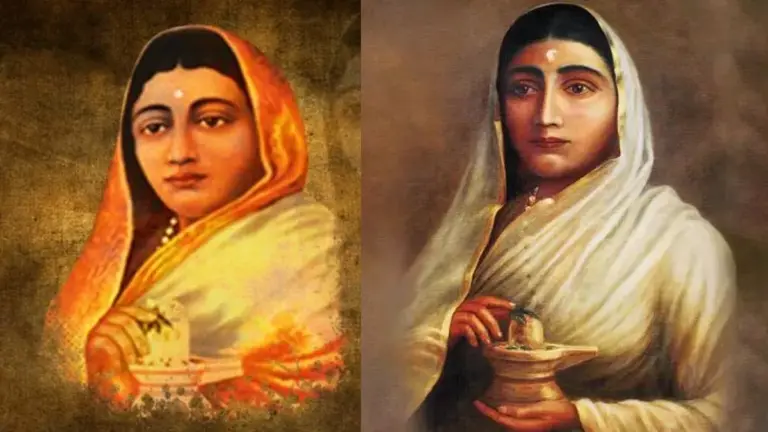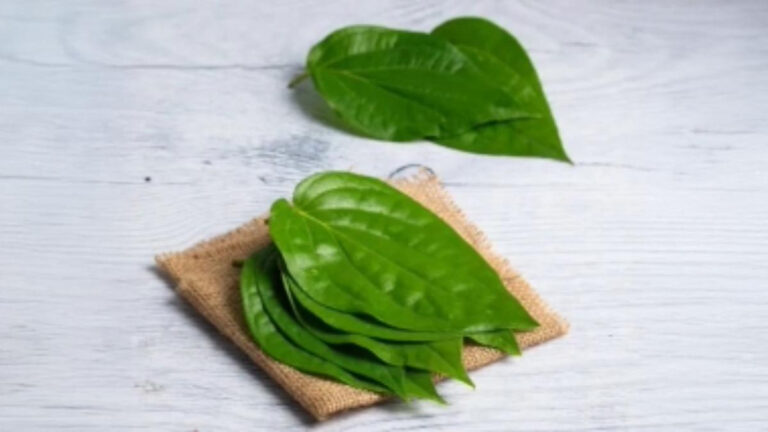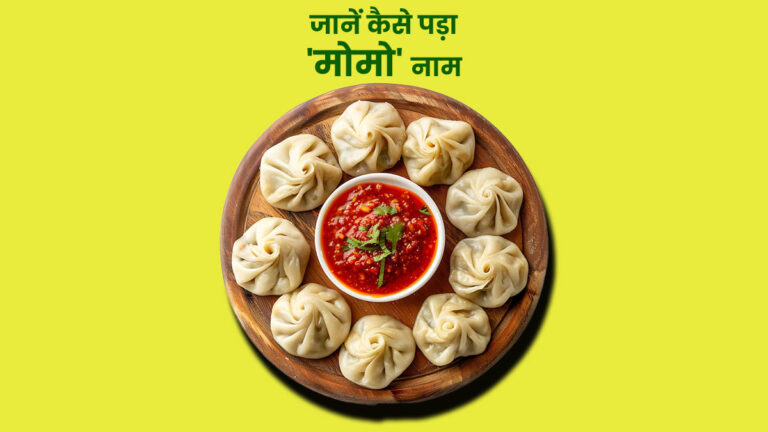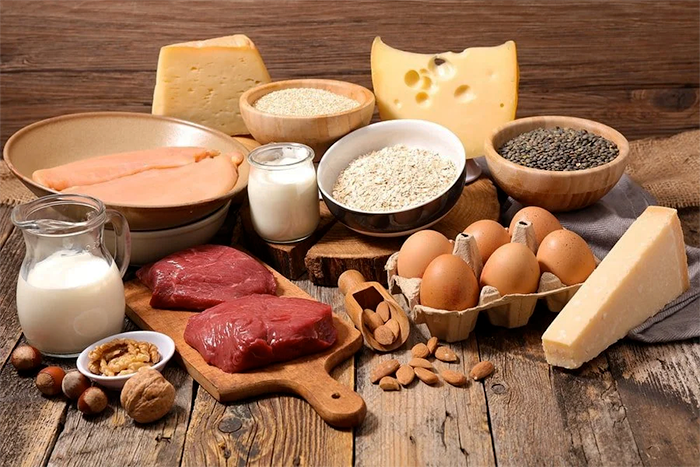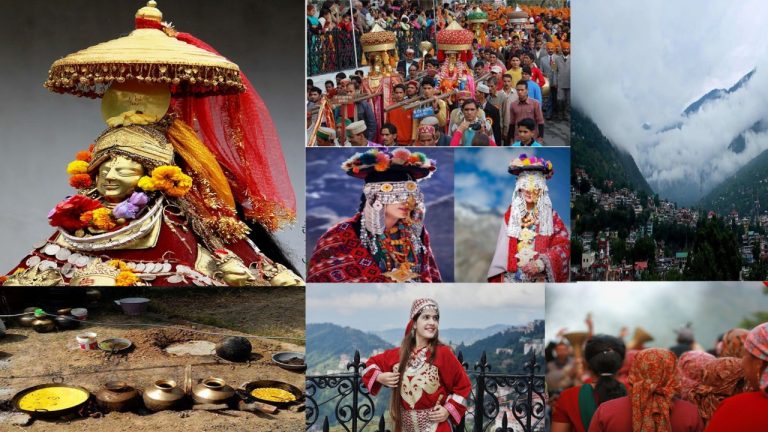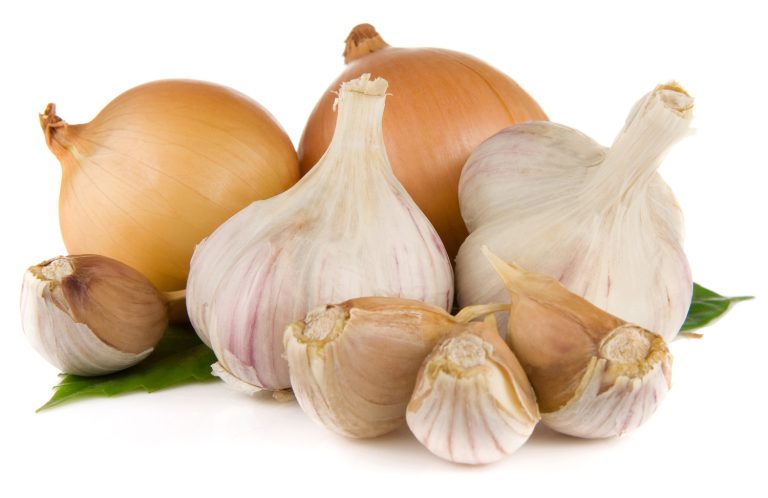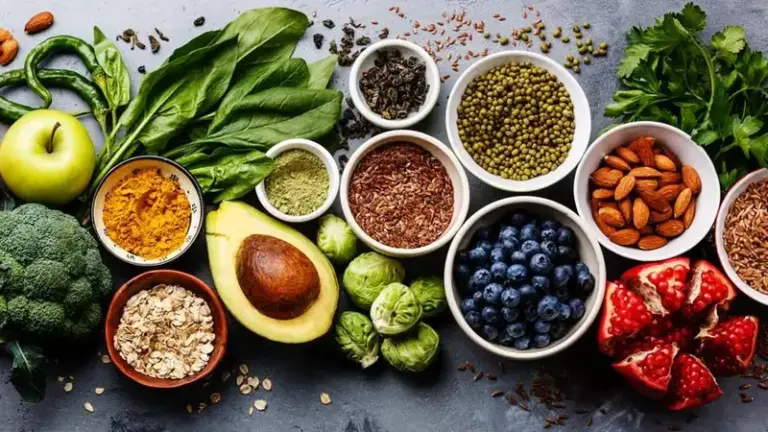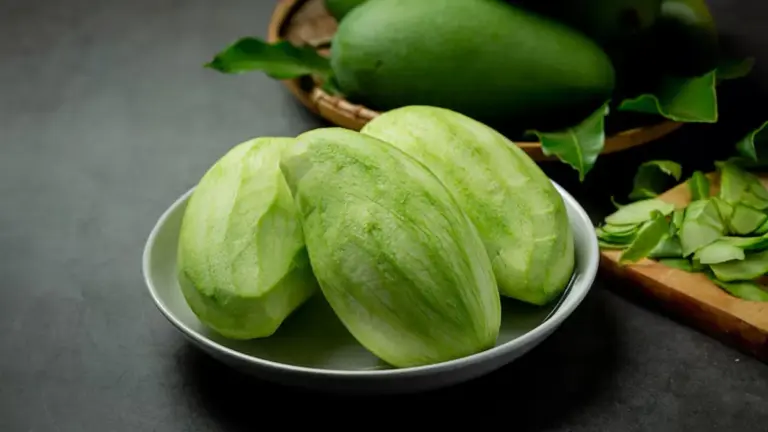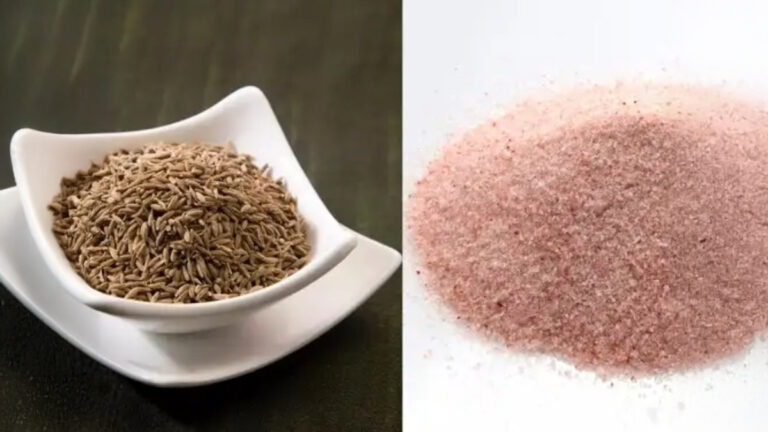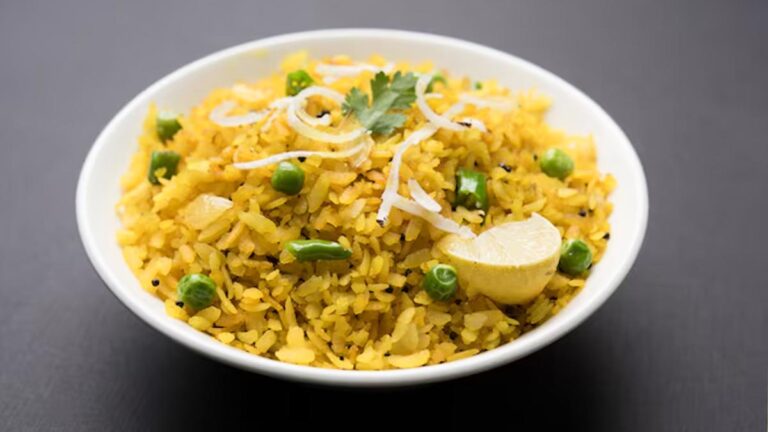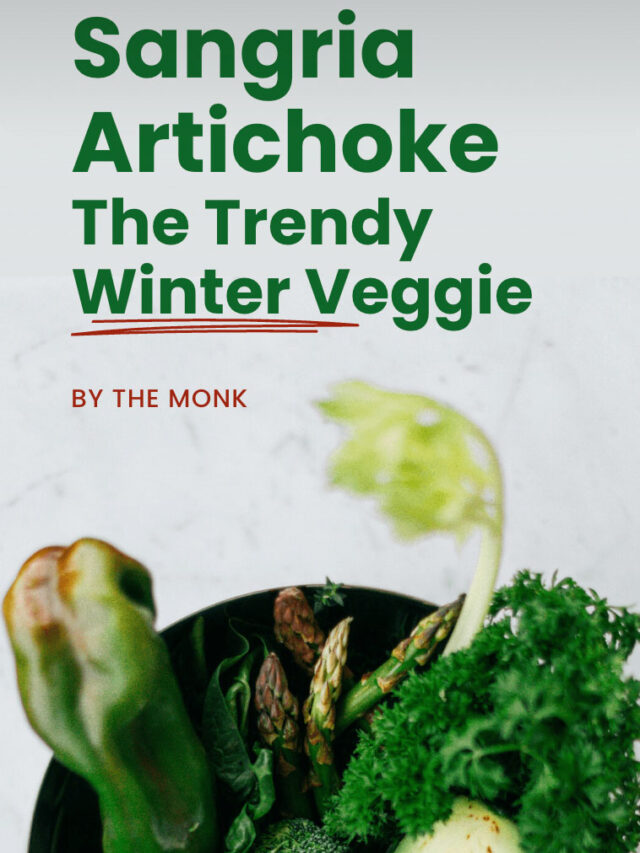Sarson ka Saag and Makki ki Roti are traditional Punjabi dishes that hold a special place in the culinary heritage of North India, particularly Punjab. These dishes are not only popular for their unique flavors but also have a rich cultural significance.
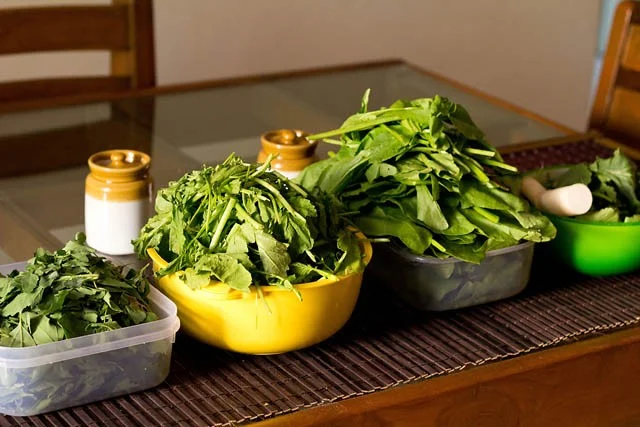
In this article, we will delve into the history and cultural importance of Sarson ka Saag and Makki ki Roti
Sarson ka Saag:
Sarson ka Saag is a leafy green vegetable dish made primarily from mustard greens (sarson) and other greens such as spinach (palak) and bathua. It is a staple during the winter season in Punjab and is often enjoyed with Makki ki Roti. The history of Sarson ka Saag can be traced back to the agrarian roots of Punjab, where mustard greens have been cultivated for centuries.
Mustard greens have been grown in the Indian subcontinent for thousands of years and are believed to have originated in the Himalayan region. The mustard plant is hardy and well-suited to the climatic conditions of Punjab, making it a common crop in the region. The cultivation of mustard greens was not only for their leaves but also for their seeds, which are used to produce mustard oil.
The traditional method of preparing Sarson ka Saag involves slow-cooking the greens along with spices, ginger, garlic, and sometimes tomatoes. The dish is typically cooked on a wood-fired stove or a clay oven, which imparts a smoky flavor to the saag. The slow-cooking process allows the flavors to meld together, resulting in a hearty and flavorful dish.
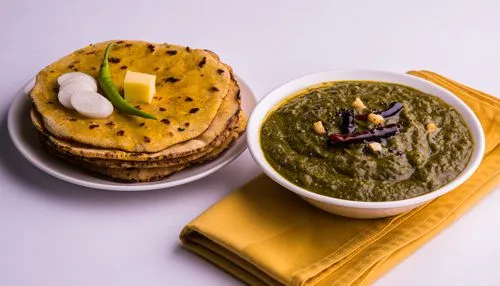
Makki ki Roti:
Makki ki Roti is a cornmeal flatbread that is a popular accompaniment to Sarson ka Saag. It is made from a coarse flour called makki ka atta, which is derived from dried corn kernels. Makki ki Roti is a winter specialty as the corn crop is harvested during that season.
Corn has a long history in the Indian subcontinent and is believed to have been domesticated in present-day Mexico over 9,000 years ago. It was introduced to the Indian subcontinent through trade routes, and its cultivation spread to different regions over time. In Punjab, where corn thrives in the fertile soil and moderate climate, it has become an integral part of the cuisine.
The process of making Makki ki Roti involves mixing the cornmeal with water and kneading it into a dough. The dough is then shaped into round flatbreads and cooked on a hot griddle or tawa. The rotis are often pressed with a cloth or spatula to ensure even cooking and to prevent them from sticking to the griddle.
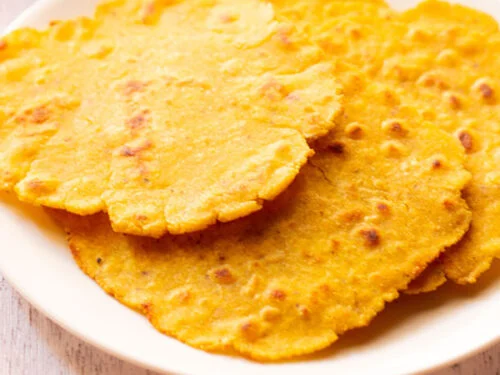
Cultural Significance
Sarson ka Saag and Makki ki Roti are not just delicious dishes but also hold immense cultural significance, particularly in the state of Punjab. They are an embodiment of the agricultural roots and the farming lifestyle of Punjab.
Seasonal Connection:
The tradition of enjoying Sarson ka Saag and Makki ki Roti is closely tied to the winter season when mustard greens and corn are abundant. As the fields turn golden with ripened corn, families come together to celebrate the harvest and enjoy these traditional dishes.
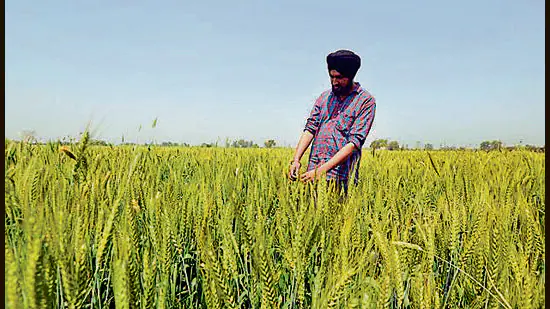
Community Bonding
Sarson ka Saag and Makki ki Roti are often prepared in large quantities, and the process of making them involves collective effort. In villages and communities, it is common to see people coming together to harvest the mustard greens, clean and cook them, and share the meal. This communal activity strengthens social bonds and fosters a sense of unity.
Festivals and Celebrations
Sarson ka Saag and Makki ki Roti are prominently featured during festivals and celebrations in Punjab, such as Lohri and Baisakhi. Lohri, a winter festival, is celebrated with bonfires, music, and dancing, where these dishes are an essential part of the festive feast. Baisakhi, the harvest festival, is another occasion where these dishes are enjoyed to commemorate the bountiful harvest.
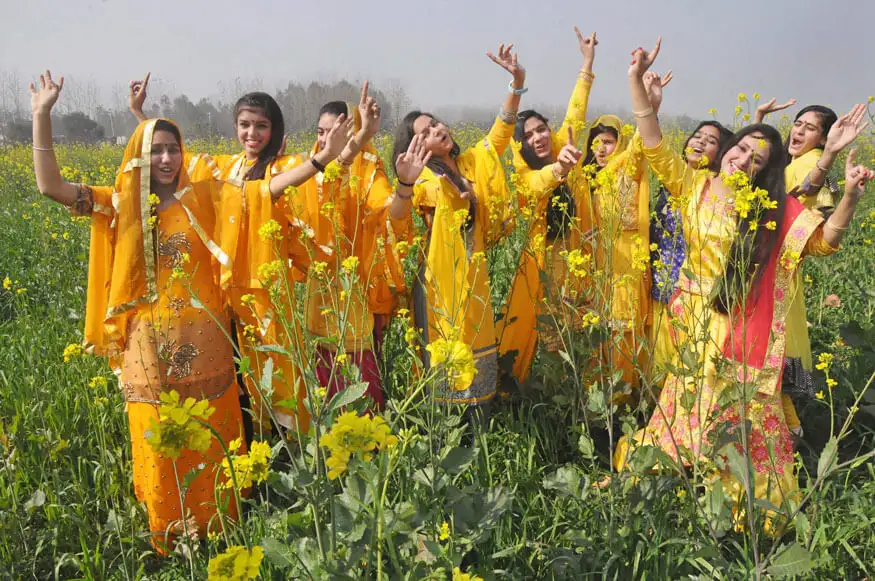
Cultural Identity
Sarson ka Saag and Makki ki Roti are considered iconic Punjabi dishes that are synonymous with Punjabi cuisine and culture. They represent the flavors, traditions, and the agrarian heritage of Punjab. These dishes have transcended regional boundaries and have gained popularity throughout India and in Punjabi communities around the world.
In conclusion, Sarson ka Saag and Makki ki Roti are more than just culinary delights. They are a reflection of the agricultural heritage, seasonal traditions, and cultural identity of Punjab. These dishes have been cherished for generations, and their popularity continues to grow as they captivate taste buds with their unique flavors. Enjoying Sarson ka Saag and Makki ki Roti is not only a gastronomic experience but also a journey into the vibrant culture and history of Punjab.

